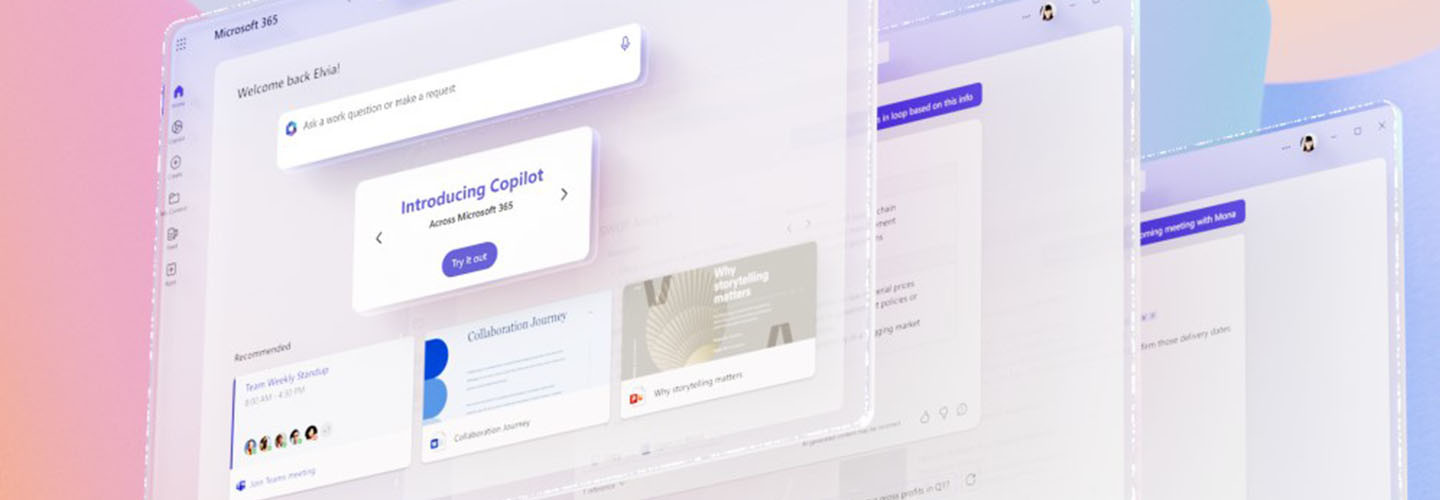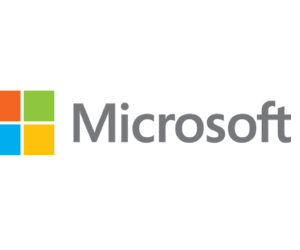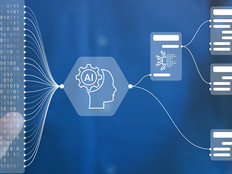The government is awash in data that could help drive mission success, elevate constituent encounters and drive new efficiencies — if only agencies could put that information to practical use.
“There are incredibly large sets of data at almost any given agency,” says Jason Payne, CTO of Microsoft Federal. “But how do agencies make use of that data? How do they pull insights out of those large data sets?”
Payne spoke with FedTech Magazine about how artificial intelligence can make a big difference in helping agencies meet their missions more efficiently and effectively.
DISCOVER: Uncomplicate data storage for your agency with help from Microsoft and CDW.
FEDTECH: What are the challenges in the federal workforce that AI can help fix?
PAYNE: The federal government in general is drowning in data. How do you use that data to deliver better citizen services, improve science and maintain information advantage?
Then there’s the cybersecurity challenge: Agencies need a way to monitor network traffic and identify suspicious activities more efficiently.
Overall, government needs enhanced decision-making capabilities; they need to drive efficiency and support automation. AI can help with all of that by augmenting existing tasks or routine tasks, helping to reduce the administrative burden and freeing up human time for more complex or strategic work.
Click the banner below to learn how to modernize your agency's digital experience.
FEDTECH: Why is now the time to bring AI to the fore?
PAYNE: The rise of generative pretrained transformer tools over the past 15 months resonated with everyone. People could immediately see what AI looks like in their day-to-day lives.
At the same time, technology has come along to support this. We have massive amounts of cloud infrastructure to house, store and provide analytics on large-scale data sets. We have the compute power to reason over that data, and advances in the models and algorithms have transformed people’s ability to look at AI as an applied technology that can more easily help them solve problems.
Now, you can combine traditional machine learning algorithms and narrow AI techniques with broad generative AI tools and capabilities, and that has driven a lot of creativity and curiosity.
READ MORE: Agencies must think about their energy use as they plan for AI.
FEDTECH: How does Microsoft help to bring this to life?
PAYNE: We provide generative AI through Azure OpenAI, a service that’s available in the Azure commercial cloud. Last fall, we made a commitment to bring those capabilities to the government market.
We recently announced that Azure AI in Government will provide government customers those best-in-class models on a platform that meets government compliance needs, in an environment where they already have their data and where they’re already executing their work.
There were already various AI capabilities in Azure Government. Now we’re bringing the generative AI piece into the fold. That in turn allows us to bring future Copilot product suites to the same environments.
FEDTECH: What will Copilot offer?
PAYNE: Copilot is a collection of augmented capabilities that we are bringing to the entire Microsoft product suite. You’ll see things like Microsoft 365 Copilot, Security Copilot, Copilot for Dynamics 365, Copilot for the Power Platform and so on.
Copilot runs alongside in the applications that you’re already accustomed to using, providing assistive capabilities to your normal workflow in order to drive out those mundane or routine tasks. That may mean summarizing a document in Word or helping you create new content based on research or enterprise data. It may mean automatically building a PowerPoint presentation or reasoning over a large cybersecurity data set to understand if you have any threats or risks.
These are all the kinds of things that the Copilots will do as those products roll out into the government environments. We are targeting summer of this calendar year to bring those capabilities to our government community cloud for the majority of the federal government.
RELATED: It’s never too soon to plan your agency’s Windows 11 deployment.
FEDTECH: What should agencies be doing now to adjust for an AI-supported future?
PAYNE: First, if you’re not working in the cloud yet, that’s the jumping-off point to gain access to all of these great tools, platforms and capabilities. Cloud is really the best place for AI. The efficiency, the security, the compliance — it’s all baked in.
Then there’s the culture piece. In government agencies, there’s an incredible amount of excitement about what the technology can do, but there’s also some level of trepidation. You need to go through a series of experiments and proofs of concept to get familiar with the technology but, more important, to understand how it impacts your organization and your mission.
There’s a cultural change that has to take place. Understand what the necessary changes are, and put programs and practices in place to make sure that you’re ready for that. That is a critically important piece of broader AI transformation.
Brought to you by:













